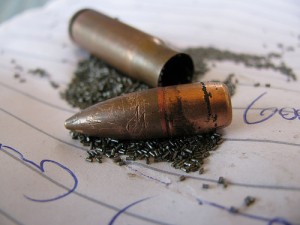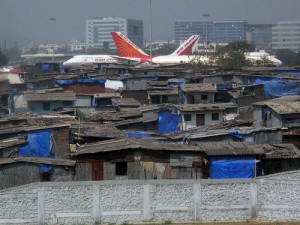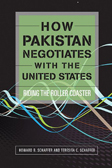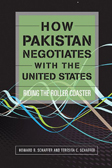
Two very different, but quite compelling, books on the military problems of the region: Stephen Tankel’s Storming the World Stage traces the history of Lashkar-e-Taiba and its complex relationship with the Pakistan army, concluding that this is unlikely to change; and Srinath Raghavan’s War and Peace in Modern India recounts in elegant detail the diplomatic and military history of the conflicts that peppered the first fifteen years of India’s independence.
Read both – but to get more of the flavor of them, read the review by Teresita Schaffer.
This is a preprint of an article submitted for consideration in Survival: Global Politics and Strategy ©. The International Institute for Strategic Studies; Survival: Global Politics and Strategy is available online at: http://www.informaworld.com/smpp/ .





